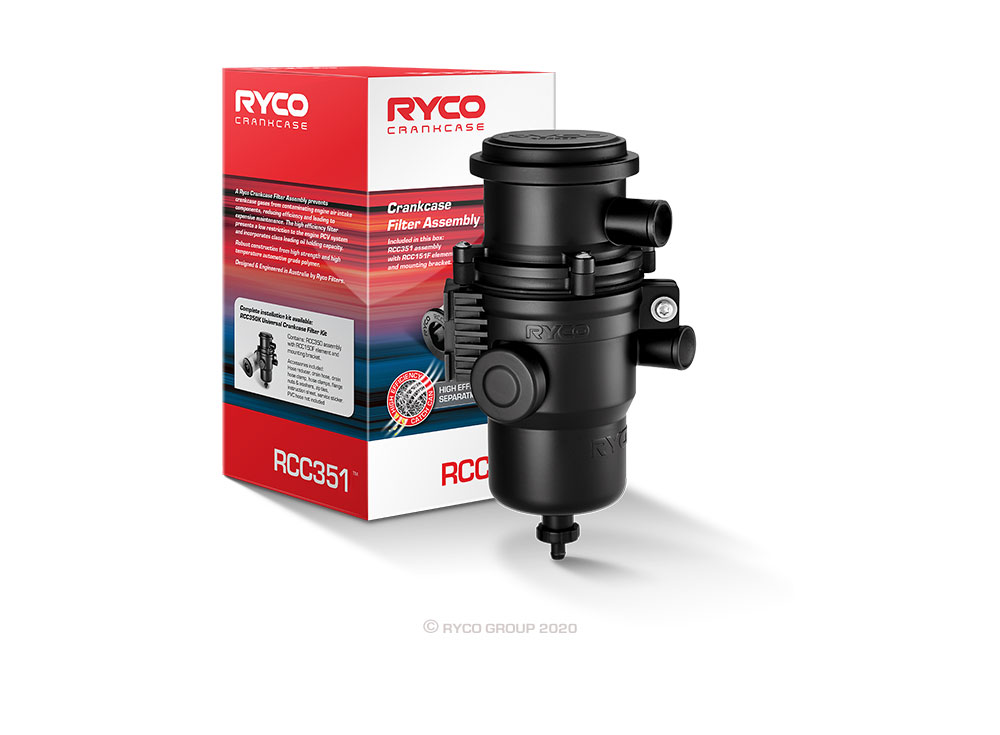
Challenges for AMFCs include tolerance to carbon dioxide, membrane conductivity and durability, higher temperature operation, water management, power density, and anode electrocatalysis. AMFCs are being considered for applications in the W to kW scale. However, CO2 still affects performance, and performance and durability of the AMFCs still lag that of PEMFCs. Alkaline membrane fuel cells (AMFCs) address these concerns and have lower susceptibility to CO2 poisoning than liquid-electrolyte AFCs do. The liquid electrolyte systems also suffer from additional concerns including wettability, increased corrosion, and difficulties handling differential pressures. Alkaline cells with liquid electrolytes can be run in a recirculating mode, which allows for electrolyte regeneration to help reduce the effects of carbonate formation in the electrolyte, but the recirculating mode introduces issues with shunt currents.

In fact, even the small amount of CO2 in the air can dramatically affect cell performance and durability due to carbonate formation. They have also demonstrated efficiencies above 60% in space applications.Ī key challenge for this fuel cell type is that it is susceptible to poisoning by carbon dioxide (CO2). The high performance of AFCs is due to the rate at which electro-chemical reactions take place in the cell. These fuel cells are closely related to conventional PEM fuel cells, except that they use an alkaline membrane instead of an acid membrane.

In recent years, novel AFCs that use a polymer membrane as the electrolyte have been developed.

These fuel cells use a solution of potassium hydroxide in water as the electrolyte and can use a variety of non-precious metals as a catalyst at the anode and cathode. space program to produce electrical energy and water on-board spacecraft. PEM fuel cells are particularly suitable for use in vehicle applications, such as cars, buses, and heavy-duty trucks.Īlkaline fuel cells (AFCs) were one of the first fuel cell technologies developed, and they were the first type widely used in the U.S. PEM fuel cells are used primarily for transportation applications and some stationary applications. The platinum catalyst is also extremely sensitive to carbon monoxide poisoning, making it necessary to employ an additional reactor to reduce carbon monoxide in the fuel gas if the hydrogen is derived from a hydrocarbon fuel.

However, it requires that a noble-metal catalyst (typically platinum) be used to separate the hydrogen's electrons and protons, adding to system cost. Low-temperature operation allows them to start quickly (less warm-up time) and results in less wear on system components, resulting in better durability. PEM fuel cells operate at relatively low temperatures, around 80☌ (176☏). They are typically fueled with pure hydrogen supplied from storage tanks or reformers. They need only hydrogen, oxygen from the air, and water to operate. PEM fuel cells use a solid polymer as an electrolyte and porous carbon electrodes containing a platinum or platinum alloy catalyst. Polymer electrolyte membrane (PEM) fuel cells-also called proton exchange membrane fuel cells-deliver high power density and offer the advantages of low weight and volume compared with other fuel cells.


 0 kommentar(er)
0 kommentar(er)
